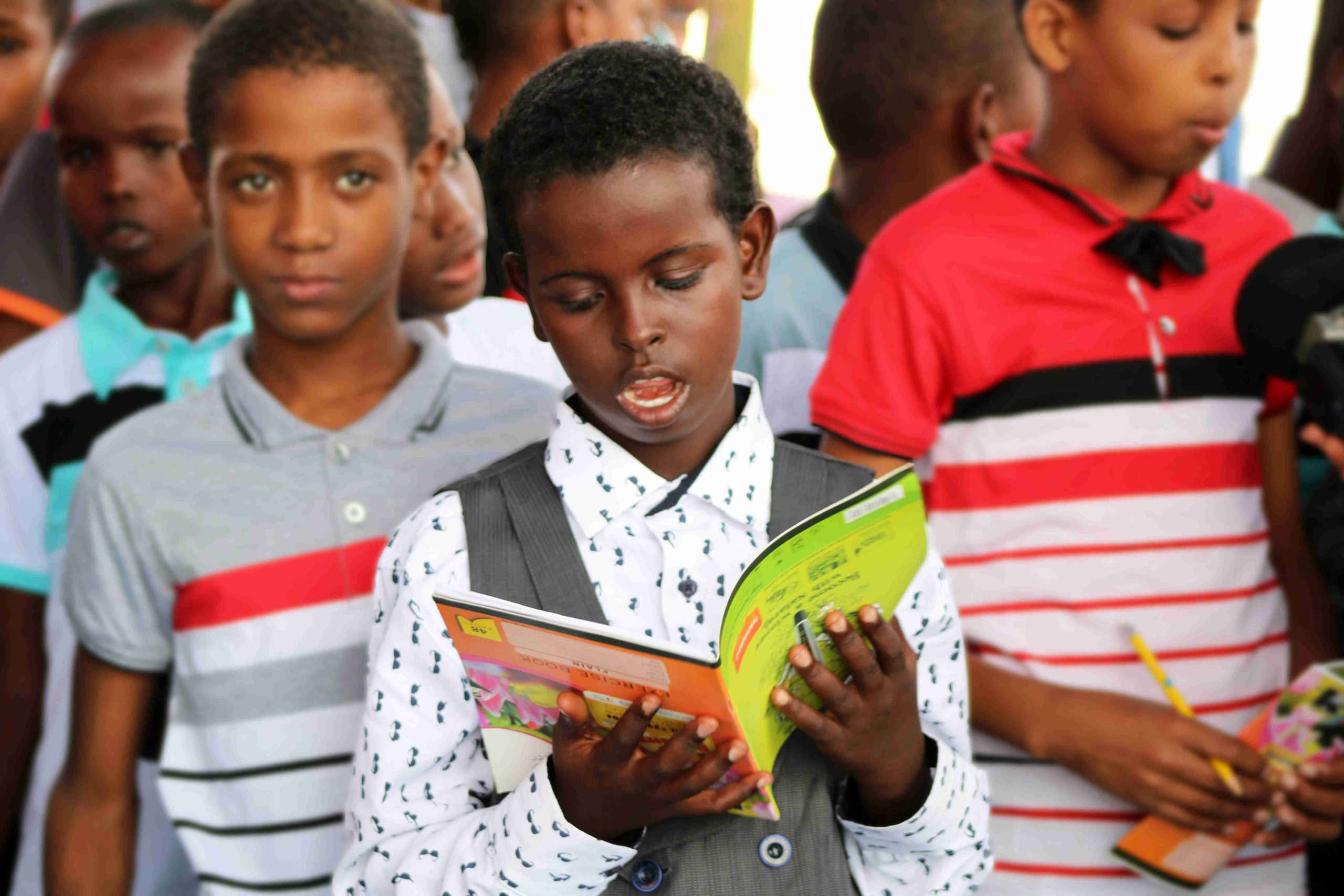
How to Write an Inspirational Poem for Preschoolers: The Simplest Guide
Poetry is a form of literary art that can stimulate creativity, imagination, and emotional intelligence in preschoolers. Despite initially appearing intimidating, poem writing can be enjoyable and gratifying for both kids and adults.
The Importance of Poetry for Preschoolers
Poetry serves as an effective teaching tool that supports preschoolers’ verbal, cognitive, and emotional development. By listening to and reciting poems, preschoolers can enhance their vocabulary, comprehension, and memory. Moreover, they can learn about various cultures, traditions, and perspectives through the diverse range of poetry available.
Additionally, poetry aids young preschoolers in finding original and meaningful ways to express their feelings, thoughts, and experiences. It allows them to explore their inner world, grow in self-awareness, and gain confidence by creating their own poems. Furthermore, poetry helps them recognize the power and beauty of language, fostering a deeper understanding of themselves and others.
The Simplest Poem to Write for Preschoolers
The simplest poem for preschoolers is a rhyming couplet—a pair of lines that end with rhyming words, such as:
I love to play with my toy It brings me so much joy
Rhyming couplets are easy to remember, fun to recite, and can convey a simple message or feeling. They can also serve as a foundation for longer poems or more complex forms of poetry.
Tips for Writing an Inspirational Poem for Preschoolers
1. Choose a Relevant Topic
To write an inspirational poem for preschoolers, select a topic that resonates with them, drawing inspiration from their interests, hobbies, experiences, or emotions. Popular topics include animals, nature, family, friends, and feelings.
2. Use Simple Language
Use plain, uncomplicated language that preschoolers can understand. Employ short sentences, repetitive phrases, and vivid imagery to engage their attention and imagination.
3. Incorporate Rhymes
Enhance the rhythm and musicality of your poem with rhymes. Use simple rhyming words like cat, hat, bat, or dog, log, fog to create a playful rhythm. Consider using internal rhymes or near rhymes for variation.
4. Focus on Emotions
Help preschoolers identify and understand their feelings by focusing on emotions in your poem. Use metaphors, similes, or personification to describe emotions such as happiness, sadness, fear, or anger.
5. Keep it Concise
Maintain a brief and focused poem with a clear theme to capture preschoolers’ attention. Use repetition, rhythm, and rhyme to reinforce your message and make it memorable.
Examples of Motivating Poetry for Young Preschoolers
Here are some examples of motivational poems for young preschoolers that can serve as models or inspiration for your own poem:
- My Best Friend
My best friend is my teddy bear He’s always there to show he cares We play and cuddle all day long and sing our favorite bedtime song - The Butterfly
Fluttering wings, so light and free The butterfly dances with glee Through fields of flowers, she flits and flies And paints the sky with rainbow dyes - The Little Seed
A little seed fell from a tree And landed on the ground, you see It waited patiently in the dirt And grew into a plant, unhurt - The Sun and the Moon
The sun and the moon play hide and seek In the sky so high, they dance and peek The sun says, “Good morning!” and lights up the day The moon says, “Goodnight!” and takes the darkness away
Additional Tips for Writing Inspirational Poems
Apart from the tips mentioned earlier, consider the following suggestions to enhance your inspirational poem for preschoolers:
- Keep it Simple: Use straightforward language and familiar themes.
- Use Repetition: Reinforce your message with repeating words or phrases.
- Include Sensory Details: Engage preschoolers’ senses with descriptive language.
- Utilize Rhyme and Rhythm: Make your poem fun and memorable with rhymes and a consistent rhythm.
- Stay Positive: Focus on uplifting themes and messages.
- Consider the Context: Tailor your poem to align with preschoolers’ developmental stage and learning objectives.


